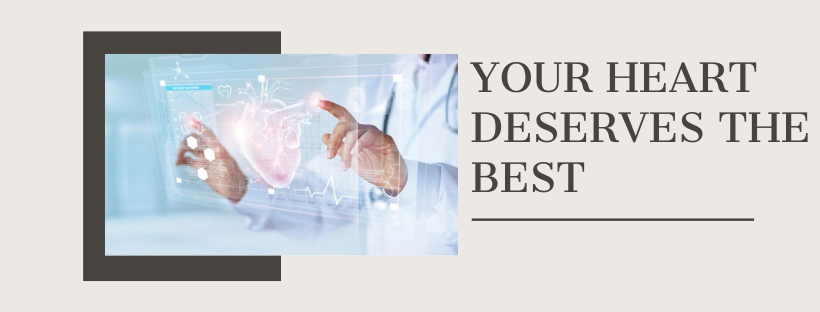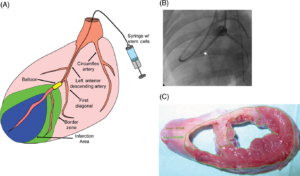Cardiac

The myocardium does indeed have a limited regenerative capacity Patients with whatever the aetiology ultimately have a significantly decreased left ventricular function with ejection fraction irreversible loss of tissue due to the fact that the infarcted tissue is not viable research activity into the promise of stem cell therapy for end-stage heart disease.

Stem cells from adipose tissue offer a novel therapy for patients with SVF injected into areas of low perfusion or scars in the cardiac tissue may become populated with angiogenic stem cells, improving blood supply in the area and reducing myocardial scar size
Stem cells from adipose tissue offer a novel therapy for patients having areas of low perfusion or scars in the cardiac tissue, improving blood supply in the area and reducing myocardial scar size myocardial infarction and dilated cardiomyopathy significantly improves left ventricular cardiac function and decreases mortality The benefits are postulated to come from their influence on neovascularization of the ischemic tissue and their protection of resident cells The paracrine and secretion of various angiogenic and survival growth factors further enhance the recovery of injured myocardium.
How it is done
The goal is to transplant the cells in infracted weak /damaged myocardium directly or indirectly.
In Acute MI it is done At 3 to 7 days of Post MI after successful PCI and stent implantauion.
The possible routes are :
- Intracoronary Transplantation
- Intramyocardially thru catheter
- direct during open heart surgery
Intracoronary Transplantation: Cells can be administered into coronary artery just like a dye as in routine angiographic procedures. The cells get distributed into whole of myocardium thru branches of coronary artery. The cells can also be administered intra-myocardially into the targeted treatment region using the special catheter delivery system under fluoroscopic guidance. Multiple injections of 0.25ccs each were delivered into the myocardium

What to expect
After treatment
- 80% patients reach close to Six-minute walk test (6MWT) of >400 meters
- 70 % patients achieve Minnesota Living With Heart Failure (MLWHF) score of <20
- Myocardial wall thickness of improves to > 10 mm in the injected site in 60%
- Left ventricular ejection fraction (LVEF) reaches mean of 45 at 6 months in 74 % of patients from a mean of 30 before treatment
- 80% Reach (NYHA) Class II from pre treatment IV
- Significant improvement in B-type natriuretic peptide (BNP) or NT pro-BNPin 50% of patients.
- Percent wall thickness increased from 25 % to 50 % over 12 months
